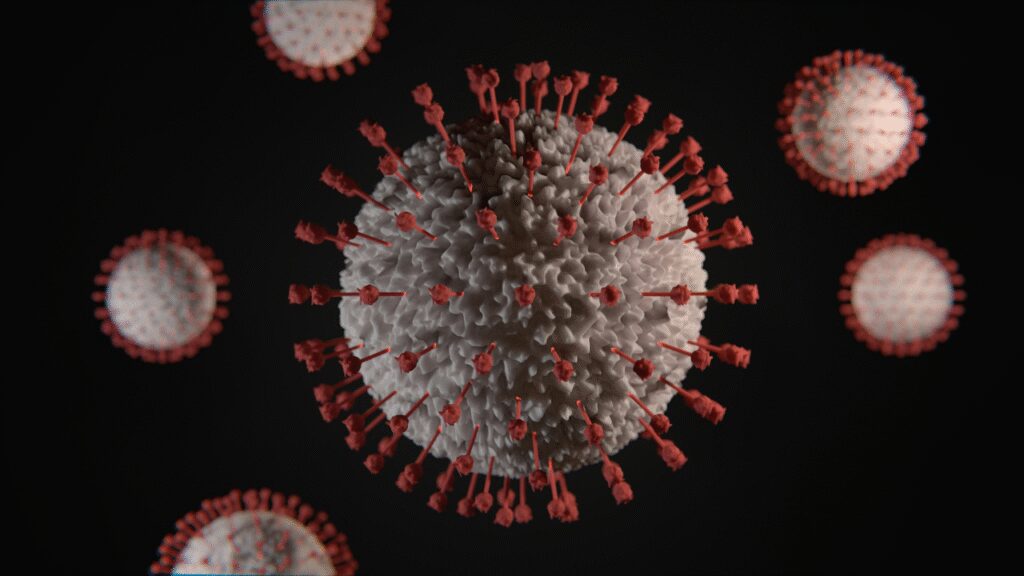This One Thing May Help Predict COVID Early, According To The Latest Study (Credits: Unsplash)
Scientists and researchers have been trying to find patterns that make them predict the resurgence of COVID and answer the why and how. And there is something new in that dept that has helped them do so. According to a new study, monitoring fungal spores in the outdoor aur can predict surges in flu and also in COVID-19 infections.
Researchers at the Lynn University in Florida, US have discovered that when there are airborne concentrations of fungal spores, not pollen though, it leads to an increase in flu and COVID-19 cases. These experts also found that when airborne concentrations rose, there was often a jump in the infection numbers typically within a few days.
They also conducted a study where the models were able to predict COVID-19 and flu surges with high accuracy, especially during the fall season. However, one thing that fell through the same connection or prediction was pollen.
Felix E. Rivera-Mariani, Associate Professor of Biochemistry at Lynn, said that “The findings from our study suggest that monitoring airborne fungal spore levels could help predict short-term outbreaks (spikes) of flu and Covid-19, giving public health systems an early warning signal.
He also mentioned that the findings highlight the role of environmental factors, not only person-to-person spread, in contributing to the incidence of respiratory viral infections. He added that this could open new doors and show new possibilities for targeted public health alerts, particularly in areas with high outdoor airborne fungi.
Under the study, the team examined daily data from 2022 to 2024. This happened in two major health regions of Puerto Rico, namely, San Juan and Caguas.
The data examined the daily incidence of people diagnosed with COVID-19 and flu and the concentrations of airborne fungal spores and pollen that was recorded on the same days. The scientists also used statistical and machine learning models to see if high levels of tehse environmental exposures were having a direct effect on COVID-19 and flu cases.
“The findings may help inform environmental risk alerts, particularly for vulnerable populations like the elderly or those with asthma and allergic rhinitis,” Rivera-Mariani said.


